Cat With Extra Toes: What Causes Them and Whether to Be Concerned, According to a Vet
Plus, learn about their surprising connection to Ernest Hemingway
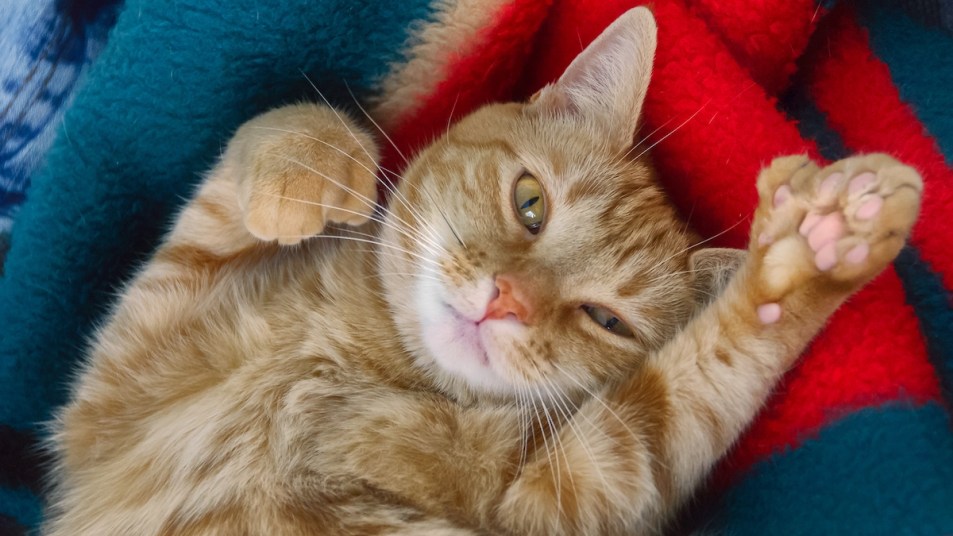
It’s hard to choose the cutest part of a cat, but paws rank pretty highly in our book. There’s just something about a perfectly fuzzy paw (and its toe beans!) that always makes us smile. No two cats have quite the same paws, and some cats even have more than the standard issue five toes on each front paw and four toes on each back paw. That’s right — having extra toes is surprisingly common in kitties! If you have a cat with extra toes, you may have wondered if this is a cause for concern, or just a quirk that makes your pet even cuter. Read on to see what a vet has to say about many-toed felines.
What causes a cat with extra toes?
Extra toes are a genetic anomaly. Dwight Alleyne, DVM, veterinarian and expert for JustAnswer, explains the phenomenon: “Cats can have extra toes due to a genetic mutation that is often passed on to offspring. The mutation is associated with the genes responsible for development of the limbs.” This is known as polydactylism.
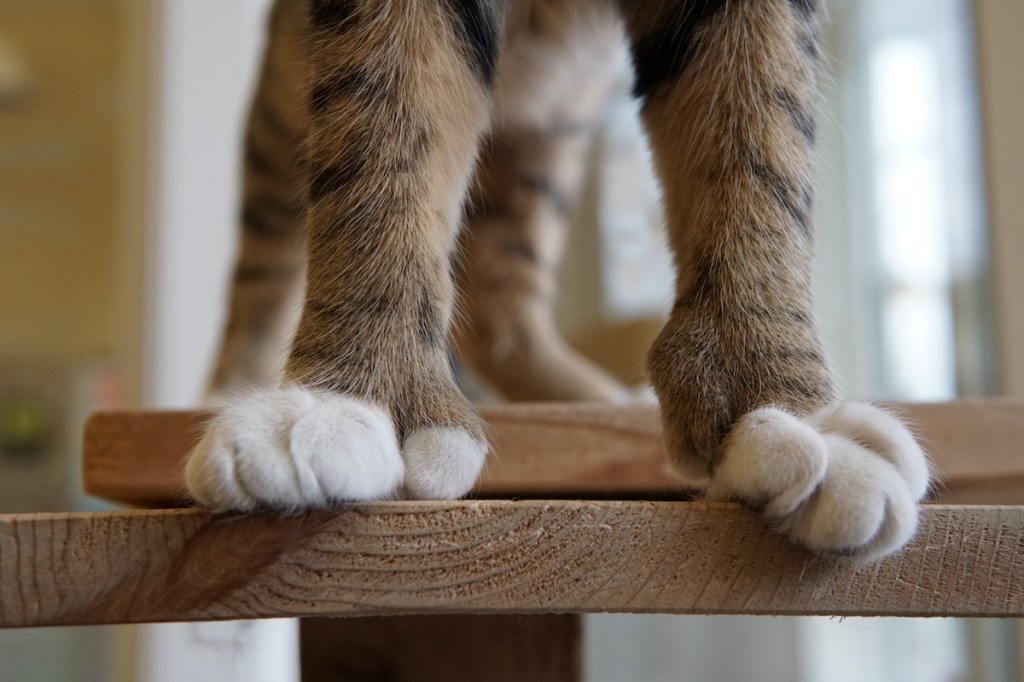
Are extra toes a cause for concern?
A cat with extra toes may look a little different from your average cat, but the condition isn’t a cause for concern. Polydactyl paws don’t cause a cat any pain, and the extra digits don’t need to be removed. “Most cats are able to move and function much like their counterparts with fewer toes,” Dr. Alleyne says, and the condition’s primary impact is cosmetic, frequently giving a cat the adorable appearance of wearing mittens.
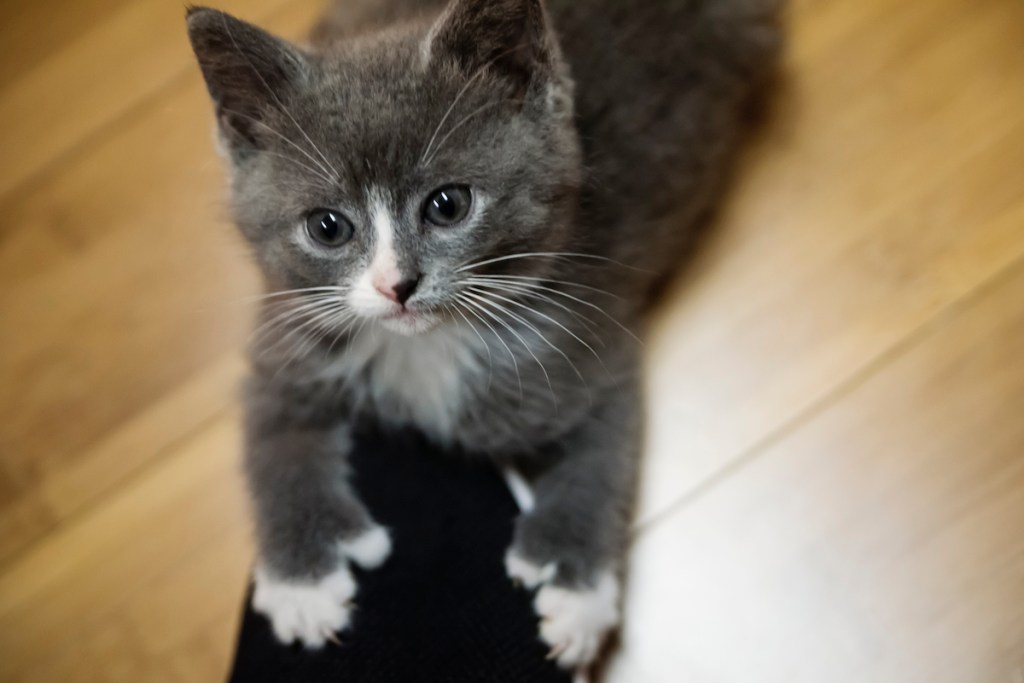
If you’re the parent of a polydactyl cat, there is one important consideration to keep in mind. “The only thing an owner may need to worry about is the nails,” Dr. Alleyne notes. Extra toes mean extra claws, so you’ll need to stay on top of trimming your cat’s nails regularly, and it might take a little extra time.
How common are cats with extra toes?
Polydactylism could be called a normal abnormality. It’s a bit more common than you might think, and it’s nothing to worry about, but it isn’t typical. Dr. Alleyne points out that extra toes are most frequently found in specific breeds like the Maine Coon, but adds, “They can also be found in mixed breeds since these cats tend to come from a large gene pool.” Some cats may also carry the polydactyl gene but not have extra toes themselves, instead passing the physical trait on to their kittens.
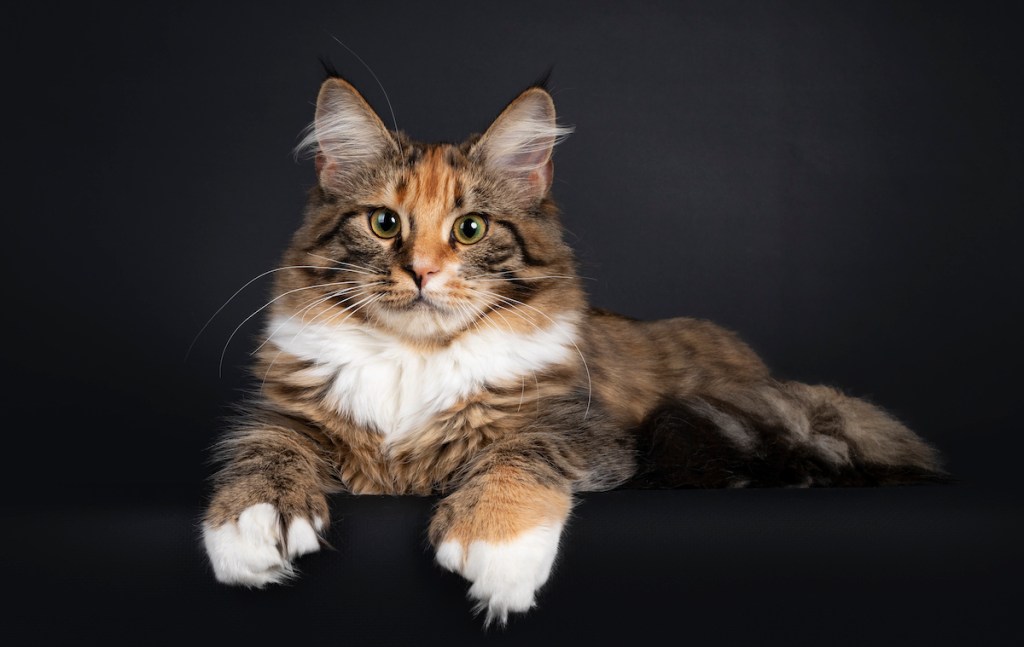
Fun facts about polydactyl cats
Polydactyl cats don’t just have interesting paws, they also carry a certain mystique and lore. “In some cultures, these cats are considered good luck,” explains Dr. Alleyne. He also says that in his own veterinary practice, “These cats tend to have a friendly attitude.”
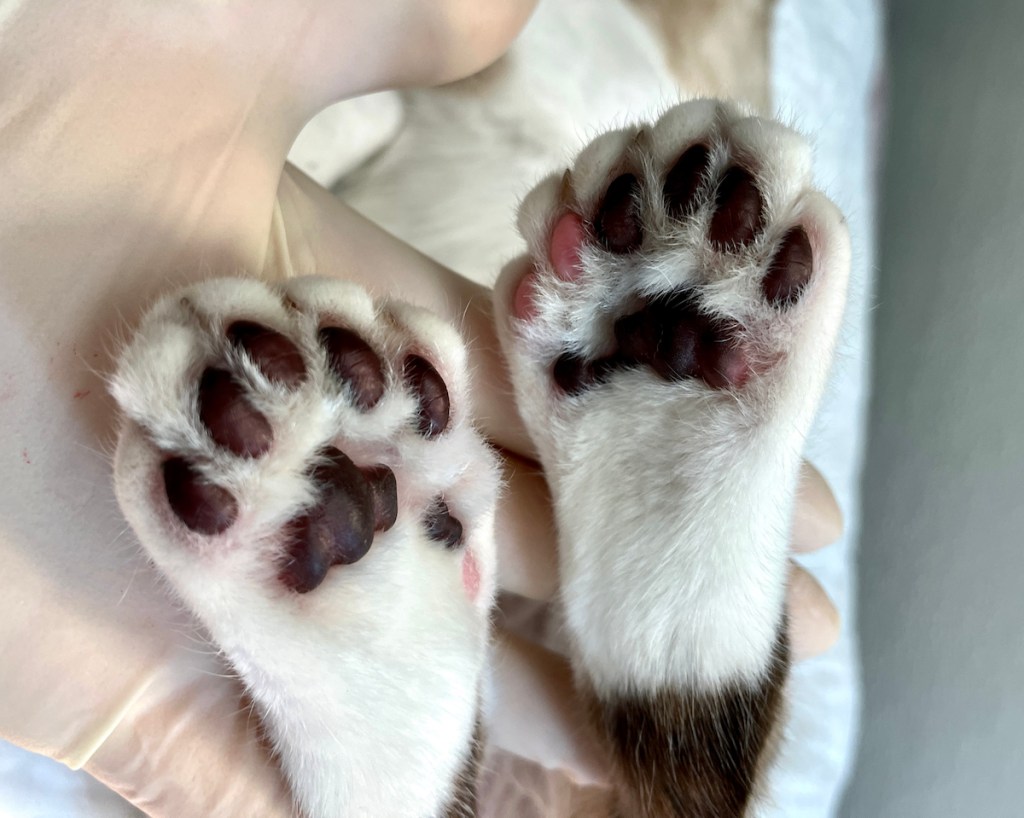
Most fascinating of all, these cats have a surprising literary pedigree. Ernest Hemingway had a polydactyl cat named Snow White, and his Florida estate houses 60 cats carrying the polydactyl gene, about half of whom actually have extra toes. Many of these cats are descended from Snow White, and polydactyl cats are even sometimes referred to as Hemingway cats.
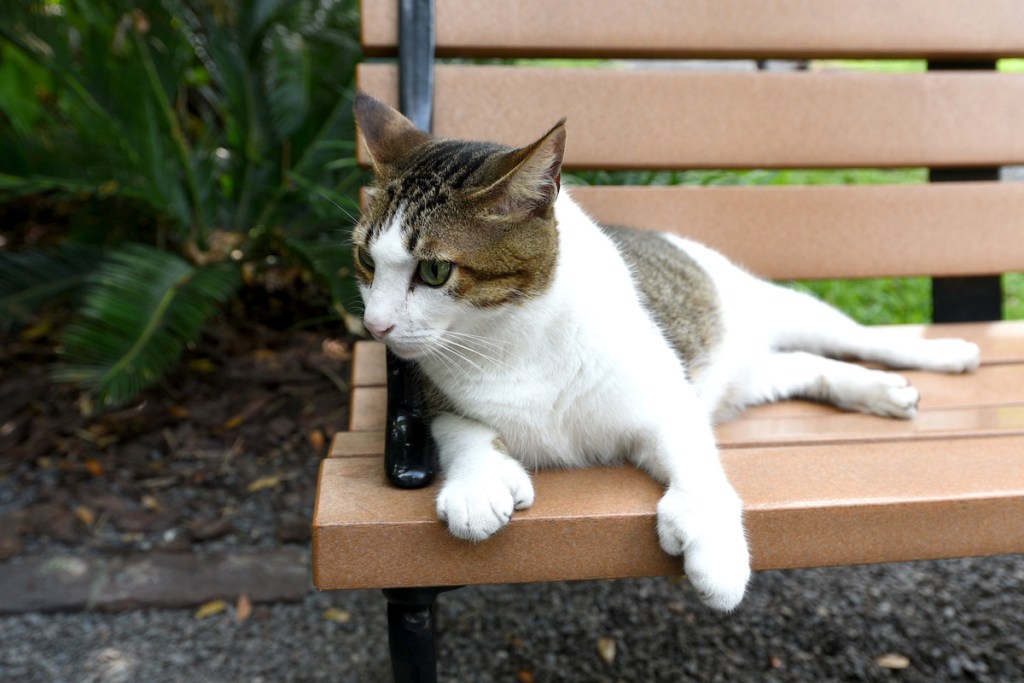
We agree with Hemingway: Extra toes really do make a cat extra special. These bonus toes even help some cats with climbing, balancing and catching mice, so these digits are nothing for a cat (or a cat parent) to fear.
Read on for more about cats!
Why Do Cats Have White Paws? Vets Weigh in on the Fascinating Science of Cat Colors
Why Do Cats Drool? Vet Explains the Reason + When You Should Be Concerned
Why Doesn’t My Cat Purr? Feline Pro on Whether You Should Be Concerned













